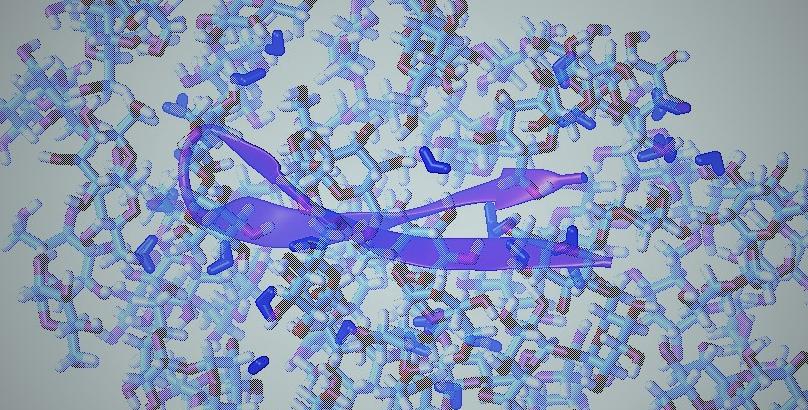Citation:
Abstract:
Proteins in the cellular milieu reside in environments crowded by macromolecules and other solutes. Although crowding can significantly impact the protein folded state stability, most experiments are conducted in dilute buffered solutions. To resolve the effect of crowding on protein stability, we use 19F nuclear magnetic resonance spectroscopy to follow the reversible, two-state unfolding thermodynamics of the N-terminal Src homology 3 domain of the Drosophila signal transduction protein drk in the presence of polyethylene glycols (PEGs) of various molecular weights and concentrations. Contrary to most current theories of crowding that emphasize steric protein–crowder interactions as the main driving force for entropically favored stabilization, our experiments show that PEG stabilization is accompanied by significant heat release, and entropy disfavors folding. Using our newly developed model, we find that stabilization by ethylene glycol and small PEGs is driven by favorable binding to the folded state. In contrast, for larger PEGs, chemical or soft PEG–protein interactions do not play a significant role. Instead, folding is favored by excluded volume PEG–protein interactions and an exothermic nonideal mixing contribution from release of confined PEG and water upon folding. Our results indicate that crowding acts through molecular interactions subtler than previously assumed and that interactions between solution components with both the folded and unfolded states must be carefully considered.
Notes:


